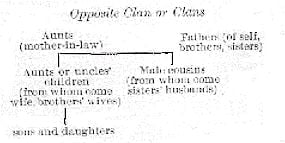Peoria Tribe
Peoria Indians (through French Peouarea, from Peoria Piwarea, ‘he comes carrying a pack on his back’: a personal name. Gerard). One of the principal tribes of the Illinois confederacy. Franquelin in his map of 1688 locates them and the Tapouaro on a river west of the Mississippi above the mouth of Wisconsin River, probably the upper Iowa River. Early references to the Illinois which place them on the Mississippi, although some of the tribes were on Rock and Illinois rivers, must relate to the Peoria and locate them near the mouth of the Wisconsin. When Marquette and Joliet descended the … Read more


